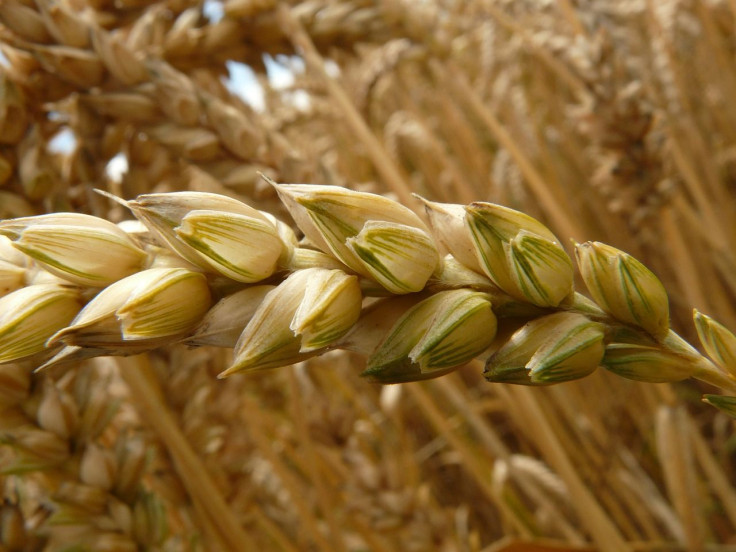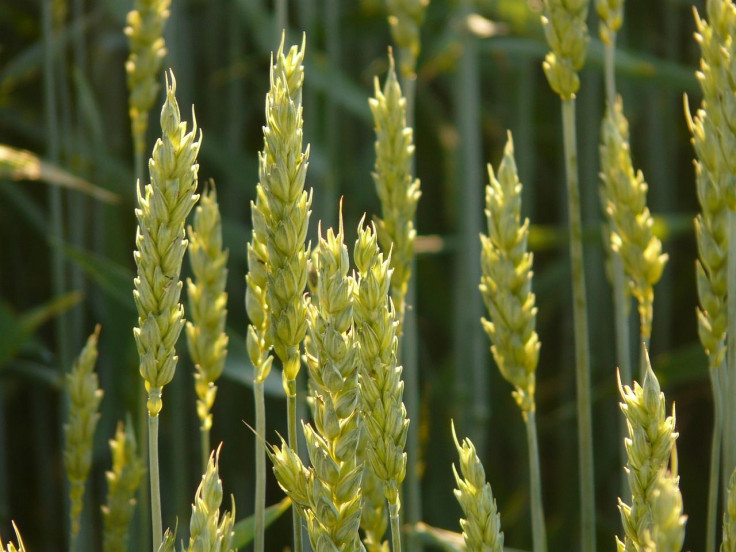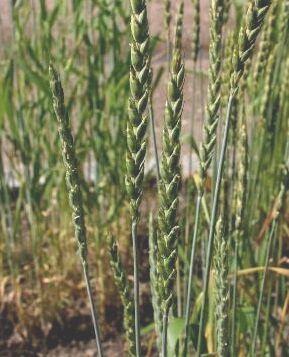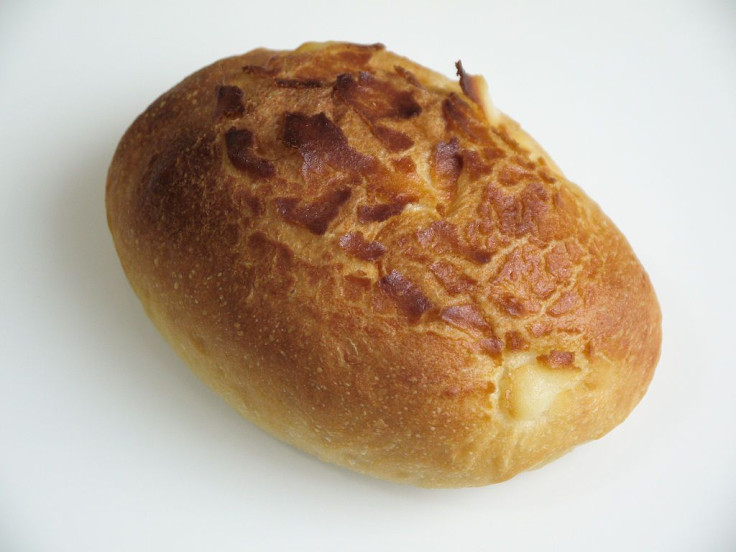A Brief History Of Gluten, The Protein In Baked Goods: How ‘Wheat Intolerance’ Has Risen Over The Years

From spelt in the Bronze Age to baked goods in modern grocery stores, wheat — and its corresponding protein component, gluten — has been a prevalent component of human meals throughout the ages. Yet the gluten-free diet has become an increasingly popular trend due to fears of gluten sensitivity and digestive problems. What many people don’t realize, however, is that gluten is a natural component of most whole grains, and we’ve been consuming it since we first started cultivating said grains.
Gluten is a Latin word that means “glue,” due to its ability to hold grains like wheat, barley, and rye together. It’s a protein composite that gives pasta, bread, and other wheat products their chewy, flexible texture. It’s also critical in making dough rise in the oven, resulting in leavened bread. This distinction between leavened and unleavened bread is perhaps the most telling about gluten, as breads that don’t contain gluten are typically flat (imagine communion wafers, or Jewish unleavened bread).
Gluten seems harmless and natural enough, but to some one in 133 Americans (about 1 percent of the population), gluten can cause indigestion, headache, nausea, skin rashes, chronic fatigue, and even depression. That’s quite a few symptoms for a little glue protein. Celiac disease (an autoimmune disorder that destroys the small intestine) is enough to make gluten a major issue in the food and restaurant industry, as sufferers must avoid it at all costs in order to prevent debilitating nausea and stomach pain. And another one in seven people have some form of gluten intolerance or sensitivity — not the full-blown celiac disease, but enough for it to cause discomfort.

But if we’re going to look at the history of gluten and gluten intolerance, we need to understand its source: whole grains, especially wheat.
8800 BCE. The story of wheat in humanity is a long and varied one, but historians believe humans first began harvesting the grains in wild grasses in the Fertile Crescent — in ancient times consisting of Assyria, Mesopotamia, and the Nile Valley in Egypt — around 8800 BCE.
Wheat is just one type of whole grain, a term that refers to entire seeds of plants, also known as kernels. Whole grains are made up of three parts that can be eaten: the bran, the germ, and the endosperm — and in their natural “whole grain” state, they contain plenty of fiber, protein, minerals, vitamins — and, of course, gluten. According to the Mayo Clinic, whole grains reduce your risk of heart disease, diabetes, and some cancers.
After 8000 BCE, the cultivation of wheat – particularly emmer wheat – began spreading to other parts of the world, hitting Greece, Cyprus, and India by 6500 BCE; and Germany by 5000 BCE.

The Bronze Age (3000 BCE - 1200 BCE) to medieval times. During the Bronze Age, spelt — a species of wheat — spread through central Europe, becoming a staple in people’s diets. Spelt was introduced to Switzerland, Tyrol, and Germany during the Middle Ages. Containing gluten, a good amount of protein, fiber, carbs, vitamins, and minerals, spelt was hearty food for peasants during this time — but today has become something of a specialty health food.
The Age of Discovery (15th century). French, English, and Portuguese explorers brought wheat and other grains to North and South America, which had previously only been cultivated in the Old World.
19th century. The Industrial Revolution swept through the Western world in the 18th and 19th centuries, and it sped up the process of bread-making significantly. As a result, wheat — which had previously been available to only a small number of people — became far more widespread.
1992. The original American Food Guide Pyramid, created by the U.S. Department of Agriculture in 1992, listed whole grains as one of the most important food groups, stating that one should eat at least 6-11 servings of whole grains per day. This further solidified the prevalence of wheat and other grains in the American diet, around the time that celiac disease cases began rising. Some researchers believe that this increase in grain consumption is parallel to the rise in gluten intolerance.
2000s. There’s no denying that modern wheat is quite different from what it was thousands of years ago — and even what it was in the 20th century. Due to cross-breeding over many years, modern wheat’s composition went through a transformation: now, it is about two feet tall with large seeds, whereas before it was much taller. Gluten structure in modern wheat has also changed somewhat, though in essence it’s still gluten; and modern wheat also contains higher levels of the starch Amylopectin A.
Some research has examined how wheat cross-breeding in recent decades may or may not have contributed to the spike in celiac disease cases. One might imagine that the rise in celiac disease or gluten sensitivities in the modern age has to do with improved diagnostic tools and awareness, but it’s also possible that wheat’s altered state has something to do with it. More research is needed on that front; scientists still aren’t sure whether this modern “wheat composition” has a negative impact on health.

In 2011, cardiologist Dr. William Davis published Wheat Belly, a book that argues against wheat. In the book, Davis claims that cutting wheat from your diet is the pathway to a healthier, more energetic life. Grains and gluten can make some people feel sick, he argues, and the type of grains we eat today have been so altered and modified over the years that they’re no longer what they used to be. Wheat Belly contributed to the anti-gluten wave that prevented many regular people to avoid bread, pasta, and cereal — even when they had no visible gluten sensitivity.
But some scientists agree that there’s little to no scientific evidence behind Davis’ argument that it’s harmful for everyone.
“It’s really a small group of people who have a pathological response to gluten,” Lawrence Cheskin, director of the Johns Hopkins Weight Management Center and associate professor of health, behavior and society at the Johns Hopkins Bloomberg School of Public Health, told The Washington Post. “And for them it’s absolutely essential to eat a gluten-free diet. Everyone else may be limiting their choices unnecessarily.”
Indeed, removing bread, cupcakes, and pasta from your diet may help you lose weight — but it has nothing to do with gluten. In fact, you can eat as many gluten-free products or gluten-free junk food as you want, and you still won’t lose weight.



























